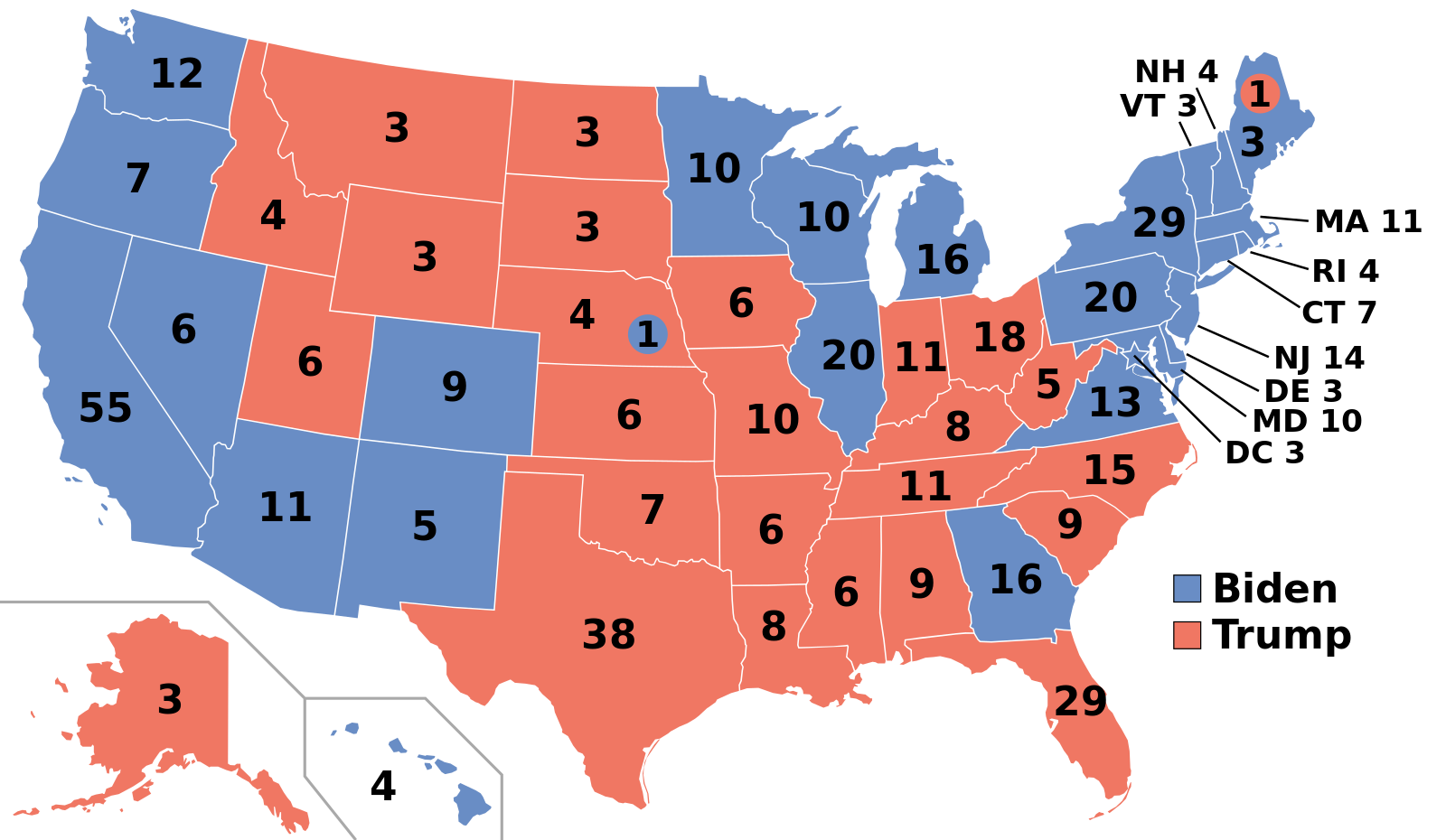The Urban Exodus and How Greatness Goes Bankrupt
by Charles Hugh Smith, Of Two Minds:

The best-case scenario is those who love their “great city” will accept the daunting reality that even greatness can go bankrupt.
Two recent essays pin each end of the “urban exodus” spectrum. James Altucher’s sensationalized NYC Is Dead Forever, Here’s Why focuses on the technological improvements in bandwidth that enable digital-economy types to work from anywhere, and the destabilizing threat of rising crime. In his telling, both will drive an accelerating urban exodus over the long-term,.
Jerry Seinfeld’s sharp rebuttal, So You Think New York Is ‘Dead’, focuses on the inherent greatness of NYC and other global metropolises based on their unique concentration of wealth, arts, creativity, entertainment, business, diversity, culture, signature neighborhoods, etc.
The core issue neither writer addresses is the financial viability of high-cost, high-tax urban centers.
It’s telling that Seinfeld’s residency in Manhattan began in the summer of 1976, shortly after the federal government provided loans to save the city from defaulting on its debts and declaring bankruptcy.
In other words, Seinfeld arrived at the very start of New York’s fiscal rebuilding, though its social decline would continue for another few years (the 1977 blackout and looting, etc.). Fiscal conservative Ed Koch was elected mayor in 1977 and by 1978, the city had paid off its short-term debt.
This return to solvency laid the foundation for the eventual revival that attracted capital, talent and hundreds of thousands of new residents, replacing the 1 million+ residents who had moved to the suburbs in the tumultuous 1960s and 70s.
This urban exodus had led to urban decay which had generated a self-reinforcing feedback: the greater the decline in livability, the more people who moved out, which then reduced commerce and taxes, further exacerbating urban decay, and so on.
As I explained in How Extremes Become More Extreme, these feedback loops are one way that Extremes Become More Extreme until a tipping point / phase change is reached and livability and solvency both collapse.
The other dynamic I discuss is the Pareto Distribution, the 80/20 rule which can be distilled to 64/4 (80% of 80% is 64%, 20% of 20% is 4%). Once the vital 4% act, they exert outsized influence on the 64%, far out of proportion to their numbers.
Thus the expanding criminality of the 4% criminal class can dramatically change perceptions of safety and security of the 64%.
Telling people who no longer feel safe in the city that crime only went up 10% will not change their minds.
If 20% of the businesses in a district close for good, the district might retain enough of a concentration of commerce to draw customers.
But once the number of businesses plummets below a critical threshold, the survival of the remaining enterprises becomes doubtful as the customer base drops below the level needed to sustain the remaining businesses.
As I have repeatedly stressed, the surviving businesses are burdened by high fixed costs, none of which have declined even as commerce collapsed.
Again, you cannot persuade people who no longer feel that shopping is safe and fun to get out there and spend, spend, spend like they did a year ago.
Neither Altucher nor Seinfeld mention the macro-issues of demographics and the broader economy.
Despite soaring inflation and a roller-coaster stock market, jobs were plentiful in the 1970s, partly because the Baby Boomers were entering the market for goods and services and partly due to low costs for employers.
As late as the mid-1980s, it only cost me $50/month (one day’s pay for a moderate-wage worker) to provide good healthcare insurance for a single, young worker. Try buying a month of good healthcare insurance today for one day’s moderate-wage pay.
Not only were rents much cheaper (measured by the number of hours of work needed to pay rent), there were “squats” where the rent was zero, and a variety of cheap “slum” dwelling options. These options have mostly disappeared from the housing inventory, so it now takes enormous sacrifices to live in a “great city”.


